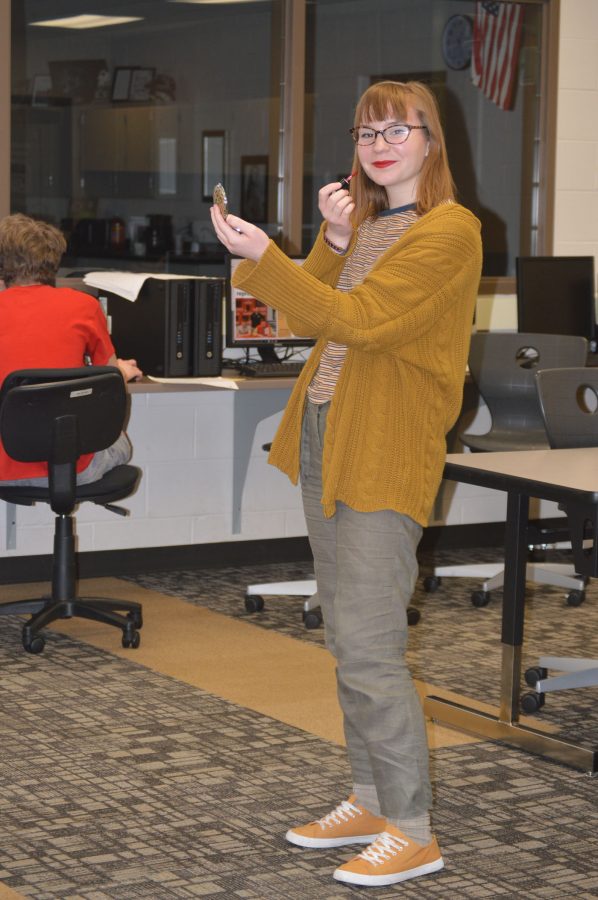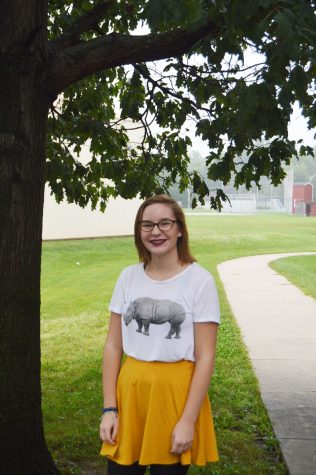Being cruelty-free brings true beauty
March 3, 2017
When I was little, I would dream of the day when I could wear makeup. I would steal my mom’s and sister’s lipstick and smear it onto my lips while barely staying in the lines. Then one day in the sixth grade, I wore an entire face of real makeup and fell in love. Since that day I have worn makeup almost everyday without consequence. Or at least a consequence that I don’t have to personally suffer.
My interest in makeup has lead me to an obsession of following makeup artists and brands on all of my social media accounts, especially on YouTube. Because of watching way too many hours of makeup tutorial videos, I have noticed a recent trend of being “cruelty-free.”
Without knowing much about this topic (other than the official logo being a little bunny), I did some research. Cruelty-free means that the final outcome of products, such as makeup, cologne and shampoo, has not been tested on an animal.
The purpose of testing on animals is to check if the product is safe to use on a human being. So, instead of checking on an actual human being, some companies tests on animals, like rats, rabbits, mice and guinea pigs. According to humanesociety.org, some examples of the tests include skin sensitization, skin irritation and toxicity.
One of procedures done to evaluate if a product is toxic is through an acute oral test. A sample of the product is forced down the throat of the animal and is examined for any signs of diarrhea, seizures, paralysis or death. If any of these symptoms occur, then testing continues until the source ingredient is found. After the test, if the animal has not already died, it is killed.
Animal testing for cosmetics should not be legal. Rabbits and guinea pigs are being killed for the sake of finding the perfect foundation, when they could be roaming free. Not only are the tests selfish, but they are cruel and very unnecessary because of the research that has already been collected and because there are alternative ways to test other than on animals.
When an item is cruelty-free, it does not mean that the product has been tested on a human being for toxicity and irritation in place of an animal. In most cases, it means that the ingredients used in the product have been proven throughout the years to be safe to use, according to humanesociety.org. However, if the company is using a new ingredient that needs to be tested for safety reasons, then there are new scientific ways of testing that do not involve harming animals. These include using human cell cultures and computer simulations, according to neavs.org.
I quickly decided that I would start my transition to a cruelty-free life after learning about the torture animals must go through for my by no longer buy any makeup items that do not claim to be cruelty-free and by encouraging others to do so as well.
It has been about four months since my decision, and it has come with some challenges. One of those being most of the makeup that I already own has been tested on animals. To save money, I have decided to not trash all of my current lipsticks and eyeshadows but to continue all of it. However, I will just not repurchase the product one it’s been used. mgm
Being cruelty free has many perks other than knowing that my purchase is not harming animals. It also can help the environment. According to nevas.org, alternative testing methods can actually help the environment. When tests, such as the toxicity test, are performed on animals, the rodents are filled with hazardous chemicals. So, when an animal has been tested and is killed, the toxins are released into the atmosphere.



